Member Insights: Kate Duchowny
Margaret Hicken, Sameera NayakDr. Kate Duchowny is a postdoctoral scholar in the Department of Epidemiology and Biostatistics at the University of California San Francisco (UCSF). Her research lies at the intersection of neighborhood context and aging, particularly with respect to the clinical and cellular markers of muscle health. You can follow her on Twitter at @kateduchowny.
For our first Member of the Month of 2022, Sameera Nayak and Maggie Hicken sat down (on Zoom) with their fellow IAPHS Membership Committee member to learn more about her work and why she is a member of IAPHS.
Welcome, Kate! To start us off, why don’t you tell us a bit about your current role?
I’m a fourth-year postdoctoral scholar in the Department of Epidemiology and Biostatistics at the University of California San Francisco (UCSF). I first came here as an NIH T32 trainee, and now I have a K99/R00 grant. I’m wrapping up my time here and presently on the academic job market looking for faculty positions!
Great, can you tell us about your decision to pursue a T32 fellowship?
When I was preparing to defend my dissertation, I knew that I wanted to do a postdoc. I wanted protected time to learn other skills, and I wanted to gain research experience that was more independent from my PhD. A T32, an NIH training grant awarded to the institution, gave me the latitude to work on my research ideas and carve out the next phase of my research agenda. I actually started off as a predoctoral T32 fellow during my PhD and really appreciated the combination of mentorship with freedom to pursue my own line of research!
How did this lead you to your current work?
For my postdoctoral T32, I had pitched a co-mentorship setup where I received mentorship in social epidemiology, causal inference and musculoskeletal health, and this paid off. I was able to work on my ideas, and I applied and was awarded my current K99/R00 grant. What’s cool about this NIH grant mechanism is that the K99 piece is focused on acquiring new training skills, and then the R00 piece is like a mini R01 project grant. It launches you into research independence, meaning that I lead and fund my own research and research team. My current research is around understanding the role of the neighborhood environment on muscle function in older adults. In particular, I’m exploring mitochondrial bioenergetics as a potential sociobiologic mechanism, and that’s been my foray into cellular biology. It’s been a steep learning curve, but it is fun to be intellectually pushed and have a chance to collaborate with folks in an entirely new field. This will be my first take on a cell-to-society proposal and I’m really excited!
Wow, that’s a mouthful! Can you tell us more about this?
Yeah, so you know it’s a given that neighborhoods are essential for maintaining physical health in older adults, but the mechanism is still not fully understood. There’s been some interesting work showing when stress becomes biologically embedded, this occurs at the organelle level, often within the mitochondria. We also know that physical activity influences mitochondrial function. I’m excited about using causal mediation analysis to quantify how the built and social neighborhood environment ‘get under the skin’ to influence mitochondrial function and ultimately how this influences muscle health among older adults. In other words, this work will hopefully bring us closer to understanding how physical activity and mitochondrial bioenergetics might mediate the relationship between neighborhoods and muscle health.
What brought you to this work, and what made you integrate social science into biology?
I’d say my broader origin story began when I was working at the New York City Department of Health. I had just finished my MPH, and I was part of a CDC-funded initiative to work with restaurants on how to reduce sodium in their food as a way of preventing cardiovascular disease. As part of that, I rode every single subway line from one end to another and visited pretty much every neighborhood in the city over the course of three years. Day in and day out, I was visiting different restaurants, going to food pantries, and the link between health and place was just so apparent to me. I would go a few subway stops down and be in a completely different neighborhood with completely different access to public transportation, to fresh food, to green spaces, and I really started to understand how health and place are just completely bound up with one another. That’s what brought me back to school to pursue my PhD in epidemiology. I don’t see social science as separate from biology. Even though musculoskeletal health is the cornerstone of basically every aging-related outcome, there’s been very little work done on integrating the social determinants of health into musculoskeletal health, and that’s where my research falls!
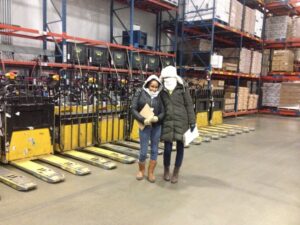 How do you see your work as an interdisciplinary scholar?
How do you see your work as an interdisciplinary scholar?
In my work I have to do a lot of convincing, particularly to clinicians, that the social environment is important for their patients’ health. I’m trying to convince them about the importance of social determinants of health and shifting disease distributions and changing population health. I think it is challenging because clinicians – just like many of us who study health – are trained to focus on the individual person very specifically, even when there is growing evidence that our surroundings can really impact our health. Although it is challenging, I find that being interdisciplinary is an asset because I can communicate across fields. I feel like I’m able to speak to clinicians, to epidemiologists, to biologists, to population health sciences, and that’s actually what brought me to IAPHS!
Yes! Tell us more about that! Why did you decide to become a member of IAPHS?
Around the time that I was wrapping up my dissertation, I was going to all of these very clinical conferences and I felt like a fish out of water. I don’t remember who it was, but someone recommended IAPHS to me, and I just felt so at home here. I think what many of us are trying to do is bridging work- bridging fields, leveraging new methods, new theories— and that’s what it was for me. It felt natural and there was no persuading or convincing needed, we’re all on the same page about the value of interdisciplinary work. It was such a huge attraction and why I encourage others to join!
Thank you so much for speaking with us Kate! Where can we learn more about you?
Thanks for having me! You can follow me on Twitter @kateduchowny or email me at kate.duchowny@ucsf.edu. I also have a website: www.kateduchowny.com

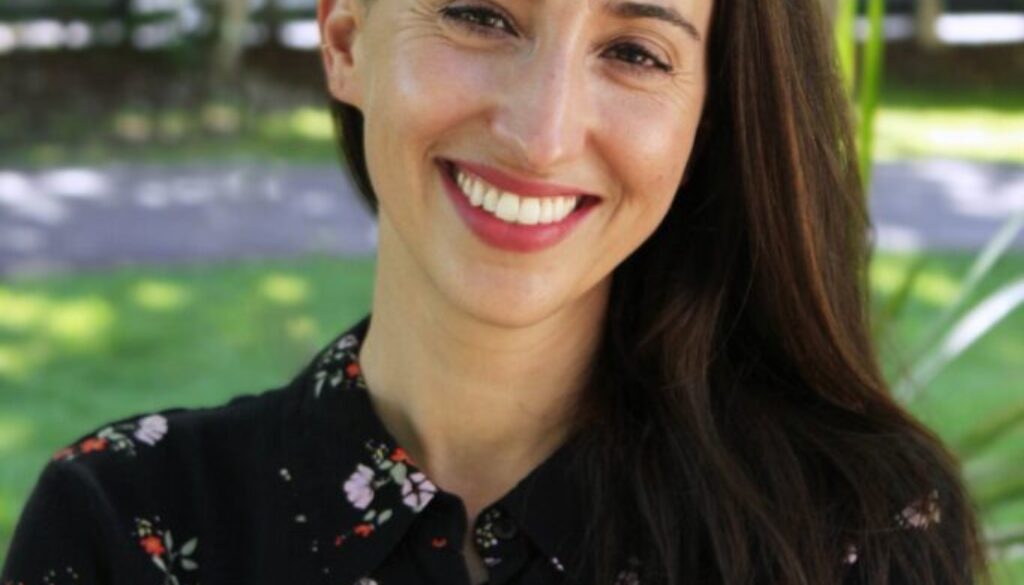
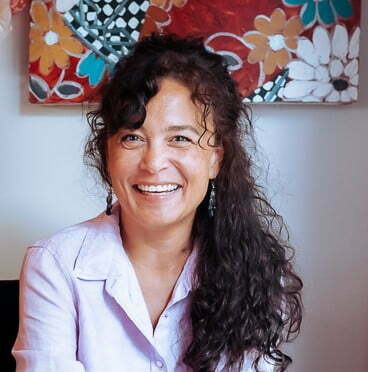
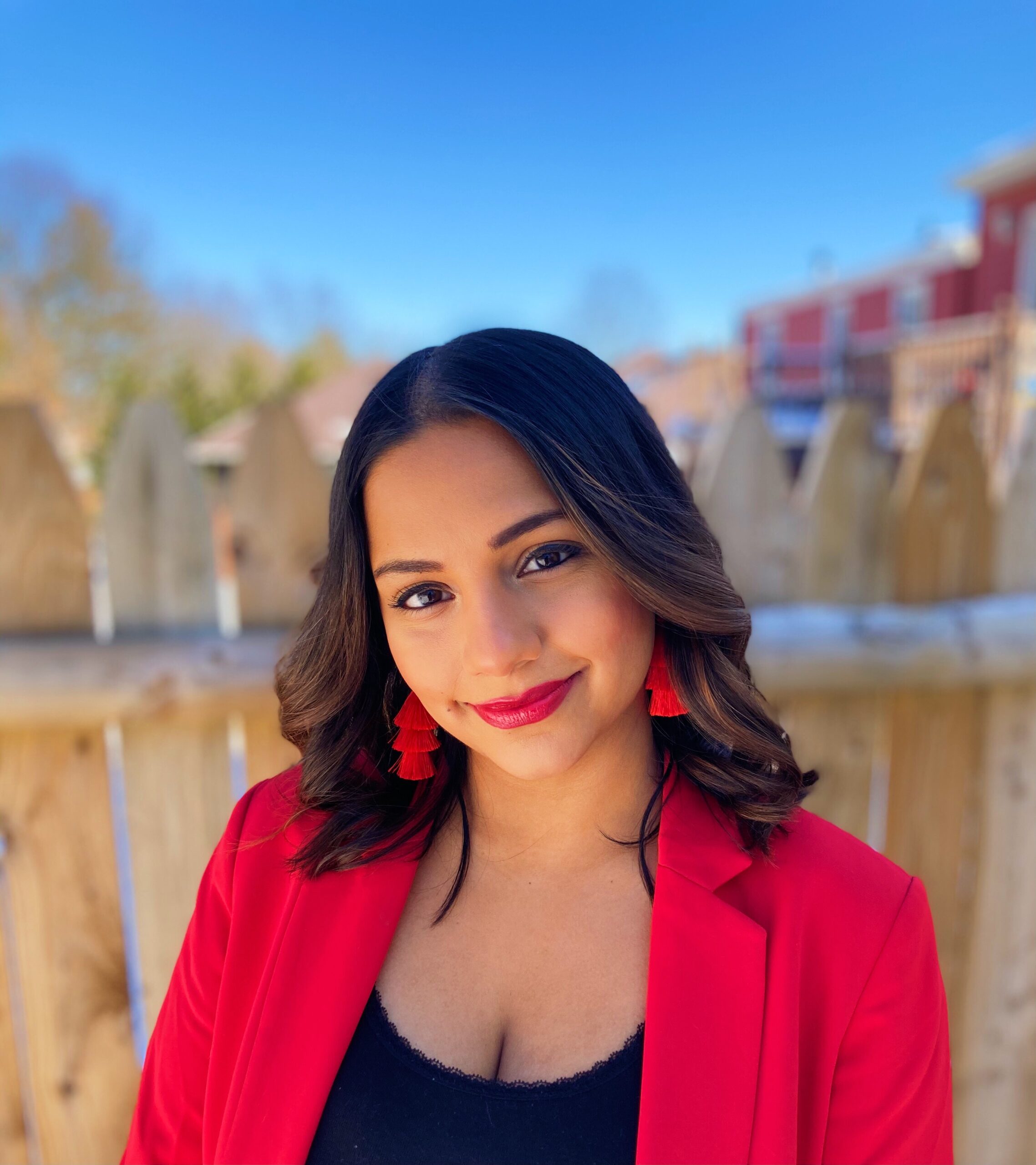
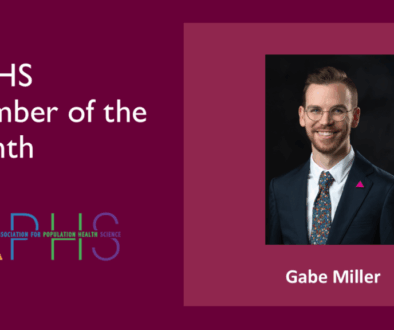
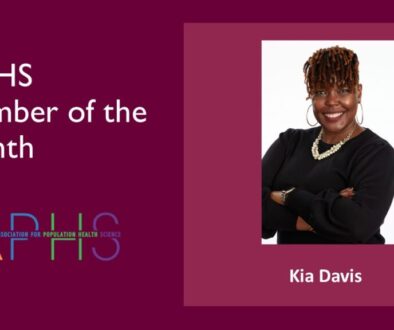

All comments will be reviewed and posted if substantive and of general interest to IAPHS readers.